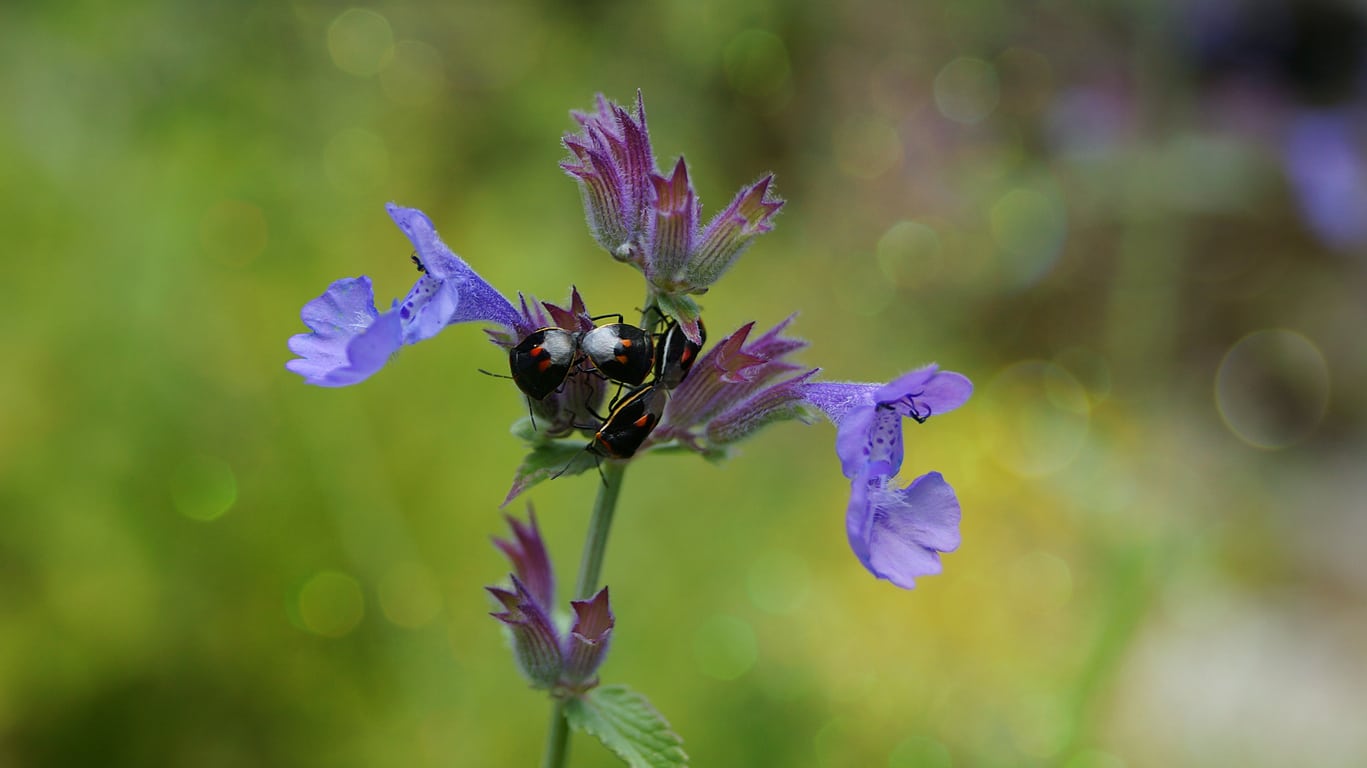Catnip And Insects – How To Fight Catnip Pests In The Garden


Catnip is famous for its effect on cats, but this common herb has been used medicinally by generations as a treatment for maladies ranging from hives and nervous conditions to upset stomachs and morning sickness. The plants are generally trouble-free, and when it comes to catnip, pest problems generally aren’t much of a problem. Read on for information on a few common catnip plant pests, along with some helpful tips on catnip as a pest repellent.
Catnip and Insects
Common pests of catnip are few but do include the following: Spider mites are difficult to spot, but if you look closely, you may notice telltale webbing and tiny, black spots moving around the leaves. Leaves infested by spider mites are dry and take on a stippled, yellow appearance. Flea beetles are small beetles that jump when disturbed. The pests, which may be brown, black, or bronze, damage catnip by chewing holes in the leaves. Thrips, which may be black, brown, or gold, are tiny, narrow insects that suck the sweet juices from catnip plant leaves. As they feed, they leave silvery specks or streaks, and can significantly weaken a plant if left untreated. Whiteflies are tiny, sucking insects, generally found in huge numbers on the undersides of leaves. When disturbed, these catnip plant pests fly out in a cloud. Like aphids, whiteflies suck the juices from the plant and leave honeydew, a sticky substance that may attract black mold.
Controlling Catnip Pest Problems
Hoe or pull weeds when they’re small; weeds are a host for many catnip plant pests. If allowed to grow unchecked, the bed becomes overcrowded and stagnant. Fertilize carefully; catnip plants don’t need much fertilizer. As a general rule, they benefit from a light feeding when the plants are small. Thereafter, don’t bother unless the plant isn’t growing like it should. Overfeeding leads to spindly growth and unhealthy plants that are more susceptible to aphids and other pests. Insecticidal soap spray is effective against most catnip pest problems, and if used correctly, the spray poses a very low risk for bees, ladybugs, and other beneficial insects. Don’t spray if you notice friendly insects on the leaves. Don’t spray on hot days or when the sun is directly on the foliage. Neem oil is a plant-based substance that kills many pests and may also work as a repellent. Like insecticidal soap, the oils shouldn’t be used when beneficial insects are present.
Catnip as Pest Repellent
Researchers have discovered that catnip is a powerful pest repellent, especially when it comes to pesky mosquitoes. In fact, it may be 10 times more effective than products containing DEET.
Sign up for the Gardening Know How newsletter today and receive a free copy of our e-book "How to Grow Delicious Tomatoes".

A Credentialed Garden Writer, Mary H. Dyer was with Gardening Know How in the very beginning, publishing articles as early as 2007.